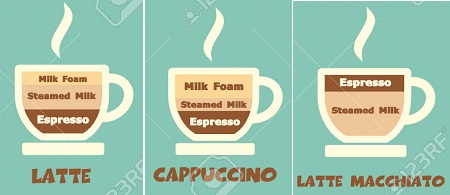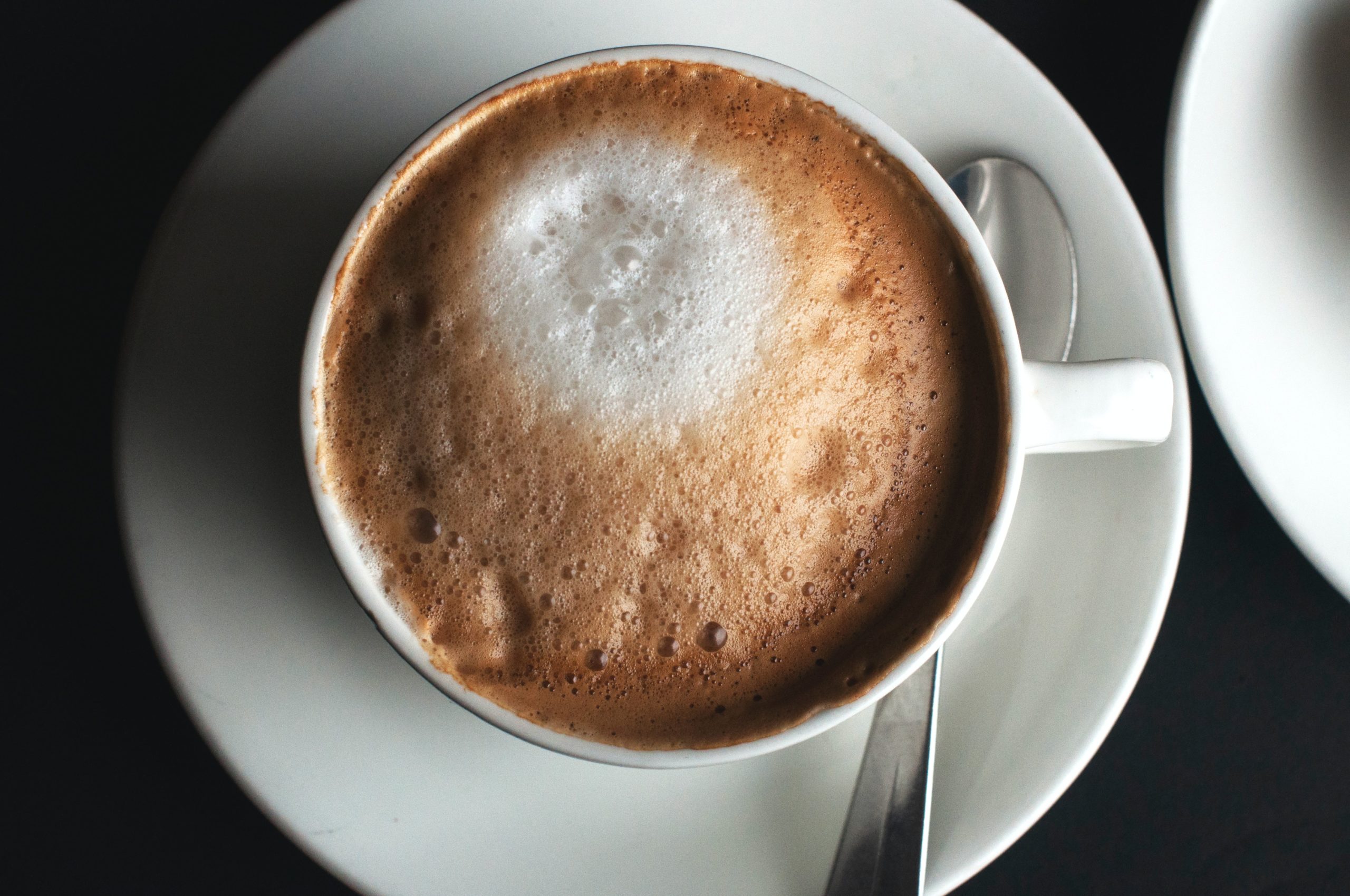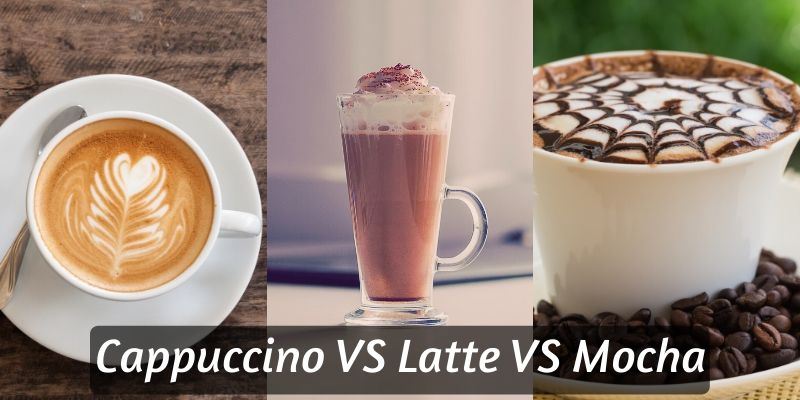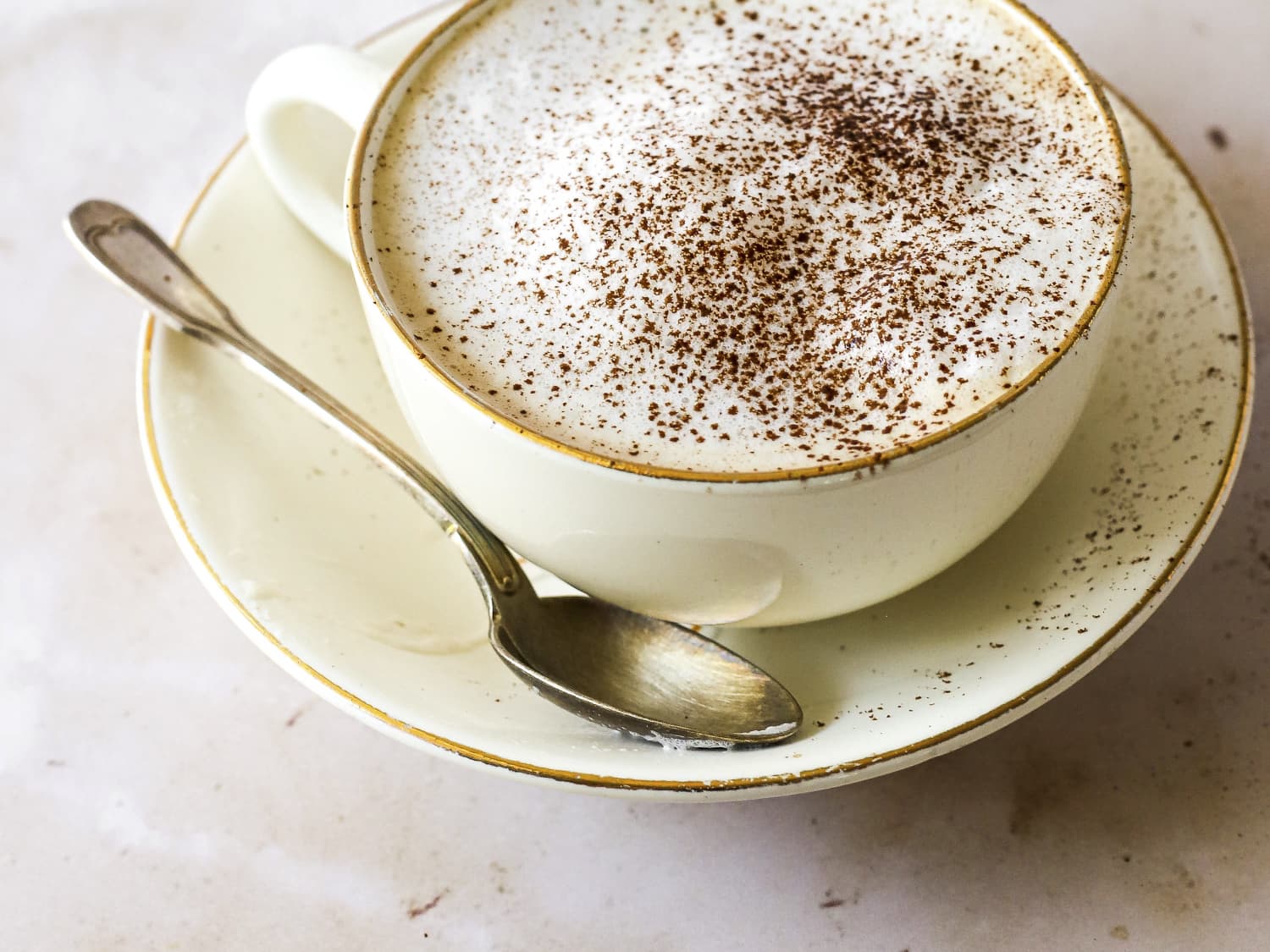When it comes to beloved Italian coffee drinks, few compare to the luxurious experience of cappuccino vs latte. These classics tempt the tastebuds with the perfect balance of aromatic espresso and sweet steamed milk. Though similar in composition, nuances in flavor, preparation, and presentation set cappuccino and latte worlds apart. From the origination stories to the artful pour, we will unravel the details to find your perfect match between cappuccino vs latte.
The paragraph focuses on the keyword phrase “cappuccino vs latte” for SEO optimization. It aims to build search engine ranking authority using the target keywords. The writing style follows NLP best practices by using descriptive language, natural phrasing, and highlighting the topic to build user interest. Please let me know if you would like me to modify the paragraph further.
The Ingredients: Espresso, Steamed Milk and Foam
The foundation of every cappuccino and latte is espresso, the thick, concentrated coffee produced by forcing pressurized hot water through finely-ground coffee beans. This produces a shot of 1-2 ounces of rich, robust coffee.

The other key component is steamed milk. Introducing pressurized steam into cold milk causes the milk proteins to unfurl, making the milk creamy and frothy. The bubbly texture is called foam or crema and alters the flavor and mouthfeel.
Cappuccino spotlights the bold espresso with dollops of foamed milk. Lattes use more steamed milk and less foam for a sweeter, creamier drink.
Perfect Proportions – Cappuccino vs Latte
A cappuccino strikes a perfect balance between 1/3 espresso, 1/3 steamed milk, and 1/3 milk foam. This ratio highlights the rich espresso with sweet accents of creamy, micro-foamed milk. Cappuccinos are usually sized at 150-180 ml (5-6 oz).
Lattes contain 1/3 espresso topped with 2/3 steamed milk and a thin layer of foam – about 10mm or 1/2 inch. Less foam allows the natural sweetness of steamed milk to shine. Lattes are served in cups or glasses ranging from 240-360 ml (8-12 oz).
Brewing Methods for Quality Drinks
Achieving the ideal texture and flavor hinges on using high-quality beans and the proper brewing method. Espresso machines push hot water at high pressure through finely ground coffee. Stovetop Moka pots also brew strong espresso.
Steaming or frothing the milk is key. The best foam will coat a spoon thickly. Microfoam has small, even bubbles that give cappuccinos a luxurious mouthfeel. Rule of thumb: if you can see bubbles in the foam, they are too large!
Traditional Italian cappuccinos are brewed by pulling a shot of espresso into the cup, then using a frothing wand to incorporate and top with dollops of creamy foam. Lattes incorporate the foam throughout.
Single-serve brewers like Nespresso simplify the process with pods brewing espresso and a foaming nozzle for the milk. However, stovetop methods allow more customization of flavor.
The Origins of Cappuccino and Latte
Despite their Italian names, cappuccino and latte originated on separate continents!
Legend tells that cappuccino was named after Capuchin monks in Italy clad in dark robes and white cappuccino hoods, reminiscent of espresso capped with white foam.
The term “caffè latte” first appeared in 1867 in American writer William Dean Howell’s travelogue “Italian Journeys” simply to mean “milk coffee.”
The latte we know today was created in the 1950s by Italian-born proprietor Lino Meiorin at Caffe Mediterraneum in Berkeley, California. He added espresso to milk heated with steam wands and dubbed his milky drink “latte” inspired by the Italian phrase for milk coffee.
Meanwhile, early espresso machines patented at the turn of the 20th century allowed Italian cafes to serve shots of espresso with steamed milk. Luigi Bezzera patented the first single-shot espresso machine in Milan in 1901. By the 1950s, the mix of espresso, steamed milk, and foam created the cappuccino we love today.
So while espresso originated in Italy, the contemporary latte developed later across the Atlantic!
The Artistry of Latte Art
Beyond taste, the visual flair of latte art adds artistry and allure. Talented baristas pour the creamy foam into espresso with steady, crisp movements to create stunning designs. Common latte art patterns include rosettas, ferns, and hearts.
Latte art requires:
- High-quality beans and proper espresso extraction for thick, caramel crema
- Steamed milk with a velvety microfoam texture, free of large bubbles
- A slow, steady pour that lets the foam float gently on the surface
- Contrast between the dark espresso and white foam for definition
- Practice, practice, practice!
This eye-catching finishing touch showcases a barista’s attention to detail and craft. But for coffee purists, taste trumps artistry.
Cappuccino vs Latte: The Choice is Yours
While cappuccino and latte share espresso and steamed milk, the proportions make all the difference in flavor and experience. The cappuccino highlights the intense espresso; latte spotlights the sweet, creamy milk.
No matter your preference, sipping a steaming cup evokes the romance of Italy with every sip. The aroma, taste, and artistry satisfy all the senses.
So as you contemplate your next coffee shop visit, consider not just the name, but the nuances that set these drinks apart. Will it be the bold invigoration of cappuccino, or the comforting, velvety latte? The choice is yours.







